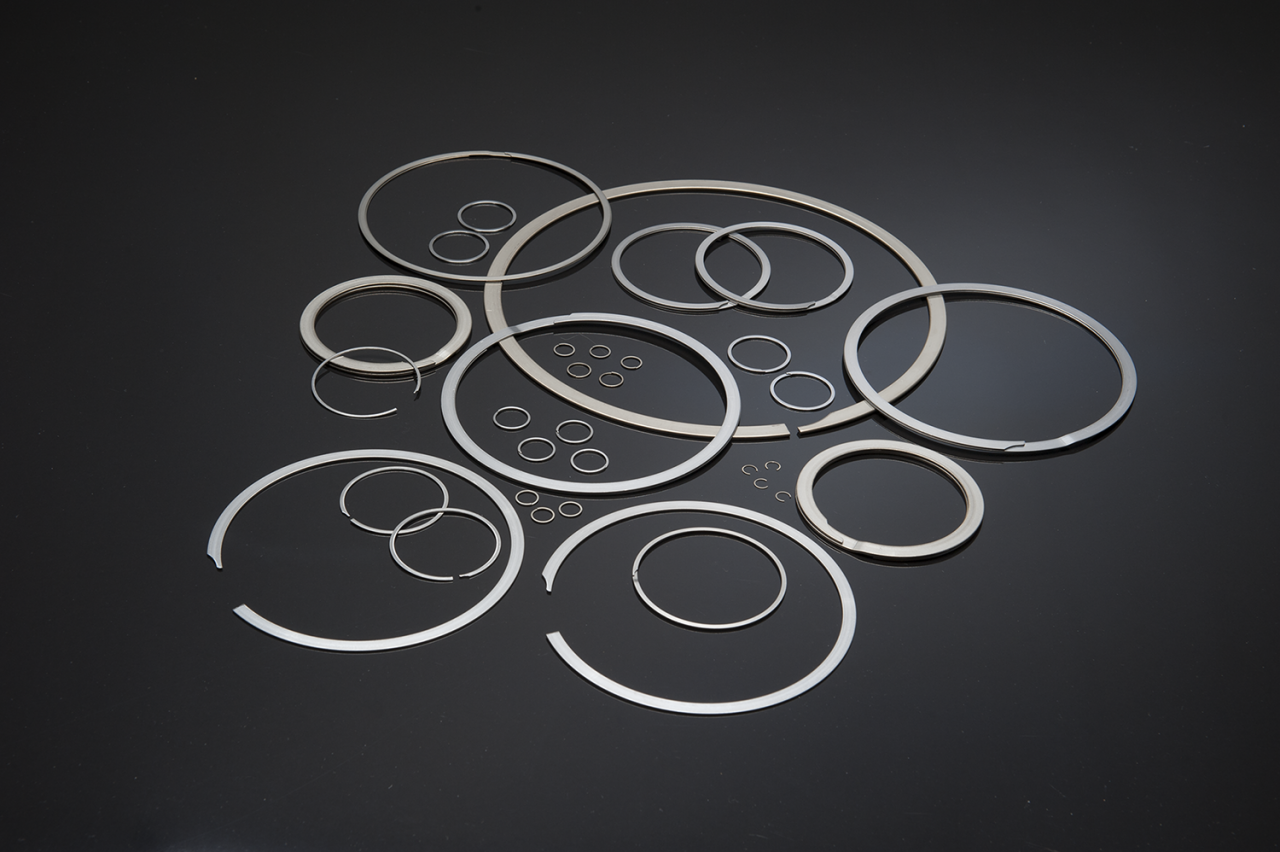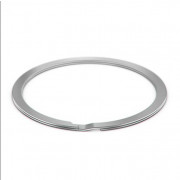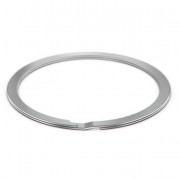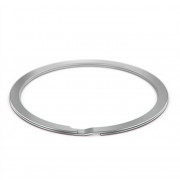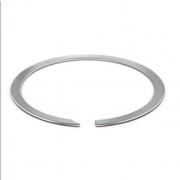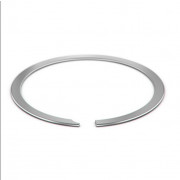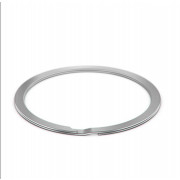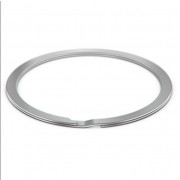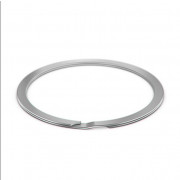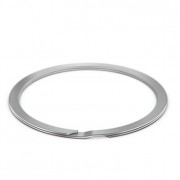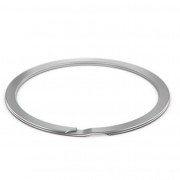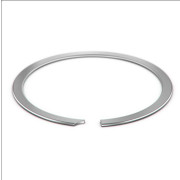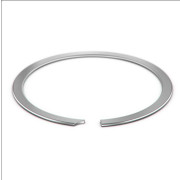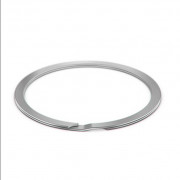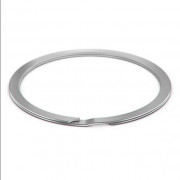Spirolox technical data
.
.
.
TFC Smalley Spiral Wound Rings
Frequently Asked Questions:
.
.
.
.
Do Smalley Spirolox® Rings fit stamped ring grooves?
Yes, our Spirolox rings are designed to fit into grooves identical to those used for die-stamped circlips such as the Anderton, Seeger or Rotor Clip type products, benefit the assembly by the absence of protruding lugs. We can supply an interchange listing for all our ranges, or if you know the part number of the product you are currently using, we will be pleased to spec the appropriate Smalley ring for your application.
How are your Smalley rings installed or removed?
TFC spiral wound rings can be installed by two different methods: firstly by winding (spiralling) the ring into the groove where possible or by pressing the rings axially onto a shaft or into a bore with the use of a tool that pushes them over a tapered mandrel or through a tapered funnel. This process can easily be automated for production assembly where high volume applications are involved. Removal of the rings is simple as no special tools, or bespoke pliers are required. By using a simple pick or flat bladed screwdriver in between the ring's removal notch and the groove, the ring can be easily wound out of the groove.
Can the retaining ring radial wall size be changed easily?
Yes, we can produce individual designs with custom radial wall sizes because Smalley's unique edge- winding process allows us to adjust the ring properties without the need to modify expensive bespoke tooling as is the traditional norm with die-stamped circlips. When changes of this type are made, thought needs to be given to material availability and stress-related issues associated with manufacture and installation. TFC ’s technical team are always pleased to offer the best design solution for your application.
What is the upper limit for the retaining ring thickness?
The limit on material thickness is relative to the diameter of the ring. There are two ways to increase the thickness of retaining rings: either by increasing the number of turns or by increasing the thickness of a single turn ring. To determine the optimal thickness we would like to understand your application and our technical team are on hand to fully review your requirements.
I am worried the gap/removal ends on a single turn ring will damage the cavity on my internal application. Can you create a closed ring, similar to a stamped ring, for the large cavity in my application?
If damaging the cavity is a concern, our multiple turn Spirolox rings can offer reduced contact with the mating surface; which is one of the primary advantages of these types of ring. They are produced by coiling flattened round wire, unlike a die stamped circlip, the edge profile of the material is not sharp because the material thickness per turn is significantly less than a single turn ring, the installation forces are much lower. Also, we can supply modified end configurations that may help the desired ring performance.
.
.
Spirolox technical data
External Spirolox Retaining Rings Type XES Aerospace Metric
External Spirolox Retaining Rings Type XDNS DIN Series Metric
External Spirolox Retaining Rings Type XWSM Heavy Duty Inch
External Spirolox Retaining Rings Type XVS Light Duty Inch
External Spirolox Retaining Rings Type XVSM Light Duty Metric
External Spirolox Retaining Rings Type XWS Medium Duty Inch
External Spirolox Retaining Rings Type XWST Medium Heavy Duty Inch
Internal Spirolox Retaining Rings Type XEH Aerospace Metric
Internal Spirolox Retaining Rings Type XDNH DIN Series Metric
Internal Spirolox Retaining Rings Type XWHM Heavy Duty Inch
Internal Spirolox Retaining Rings Type XVH Light Duty Inch
Internal Spirolox Retaining Rings Type XVHM Light Duty Metric
Internal Spirolox Retaining Rings Type XWH Medium Duty Inch
Internal Spirolox Retaining Rings Type XWHT Medium Heavy Duty Inch

